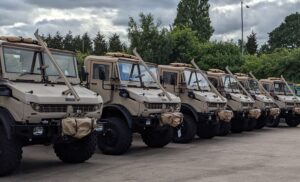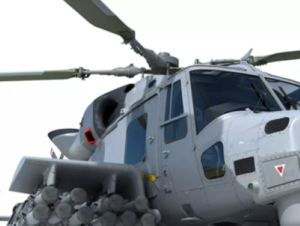The Department of the Air Force unveiled a US$259.3 billion budget request on 13 March, aimed at continuing to modernise the Air Force and Space Force to meet evolving threats while also nourishing current needs that include training, readiness and fostering new technology.
The proposal that Congress will now consider for the fiscal year beginning 1 October, includes $215.1 billion for the Air Force and $30 billion for the Space Force. If enacted into law as proposed, the department’s overall budget will grow to $9.3 billion compared with last year’s enacted budget.
The increase is necessary, Department of the Air Force Secretary Frank Kendall said, to continue modernising and transforming both services to meet an array of new threats from adversaries and challenges emanating from China as well as from Russia, North Korea, Iran and other nations.
The budget request includes notable increases for upgrading the ground-based nuclear deterrent known as ‘Sentinel’, increasing the number of military space launches to 15 from 10, and a $5 billion increase in research and development. The proposed budget also accounts for inflation and rising fuel costs as well as boosting funds for recruiting and retention.
“We are united in our commitment to modernizing the Air and Space Forces and in achieving the transformation we must have to be competitive with our pacing challenge – China, China, China,” Kendall said.
The US Air Force have said they find it unlikely for it to be adopted without any changes from Congress, but it represents its priorities for maintaining national security and interests. Frank Kendall, among other senior leaders, acknowledged the request is the result of difficult trade-offs but reflects a consensus on how to achieve the department’s mission and larger operational priorities.
In addition to funding for efforts to train and equip the force and modernise the bases, the proposal includes a number of specific line items including modernising the Air Force’s fighter fleet (by adding 72 fighters), developing and testing the Sentinel ground-based nuclear deterrent and $1.1 billion for upgraded missile warning and tracking.
“We must make sure we have the right mix of capabilities and capacity as an Air Force and as a joint team to be successful,” Air Force Chief of Staff Gen. Brown said.
In the documentation accompanying the release of the budget, the department said the proposal “further accelerates the transformation of our Air Force and Space Force and prioritizes investments that will deliver meaningful operational capabilities to our warfighters. This request balances maintaining capabilities to address near-term threats, while accelerating vital modernization efforts necessary for success in a high-end fight.”
The budget includes as well smaller but still significant increases for pilot training and for bonuses to increase the chances that personnel performing critical functions will remain in the service.
Media Contact
Editor, Defence Buyer
Tel: +44 (0) 1622 823 922
Email: editor@defencebuyer.com





